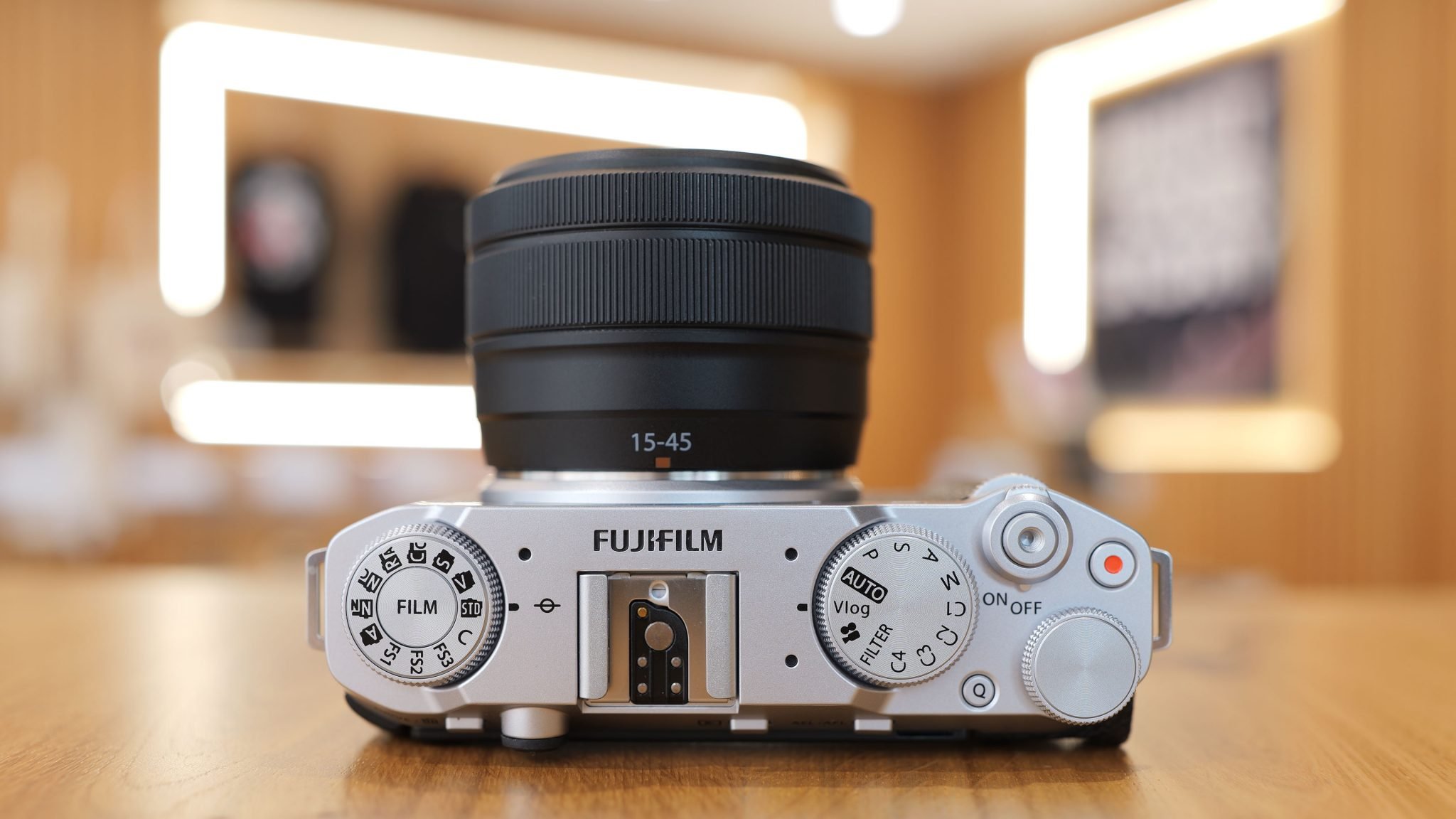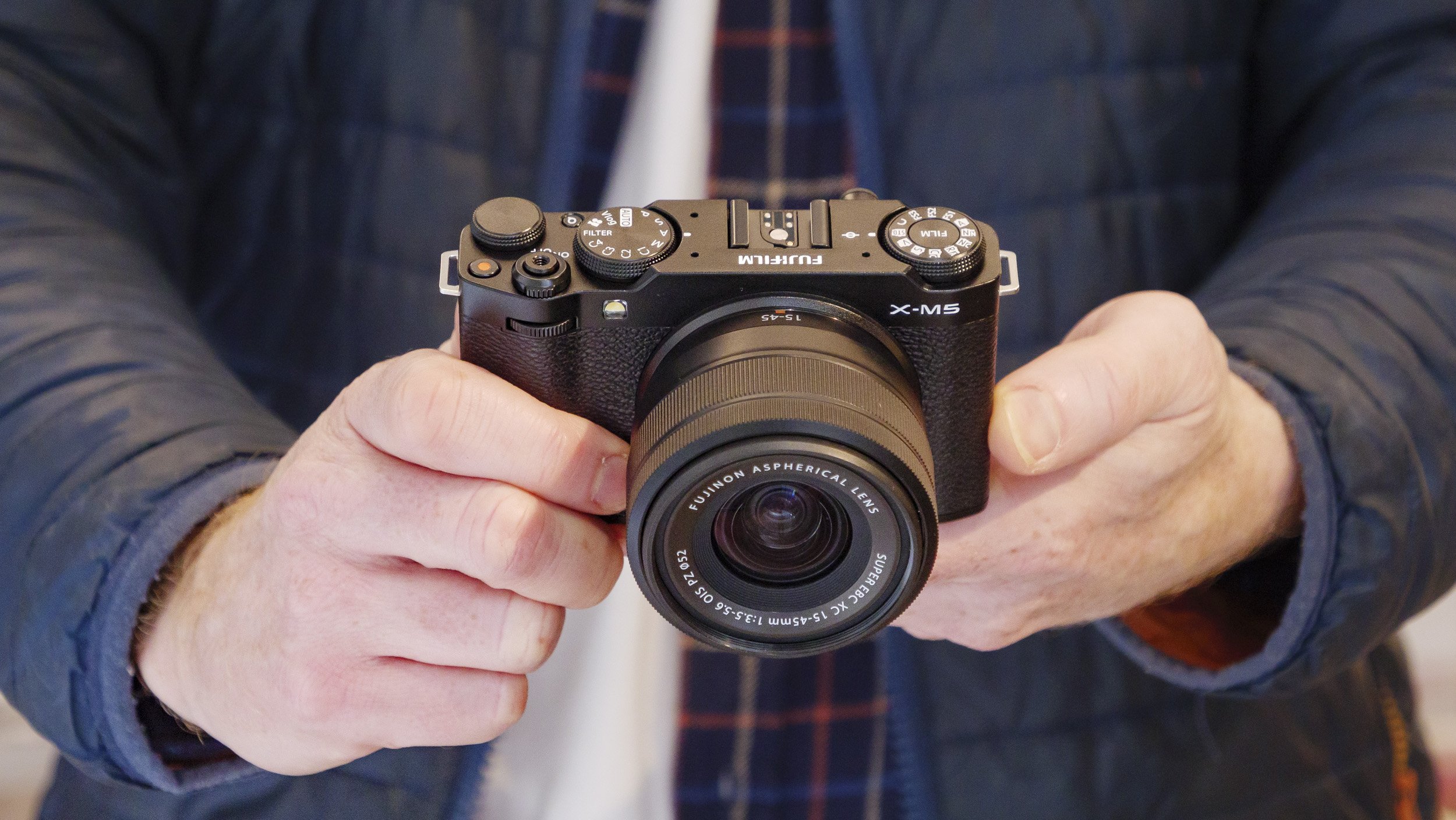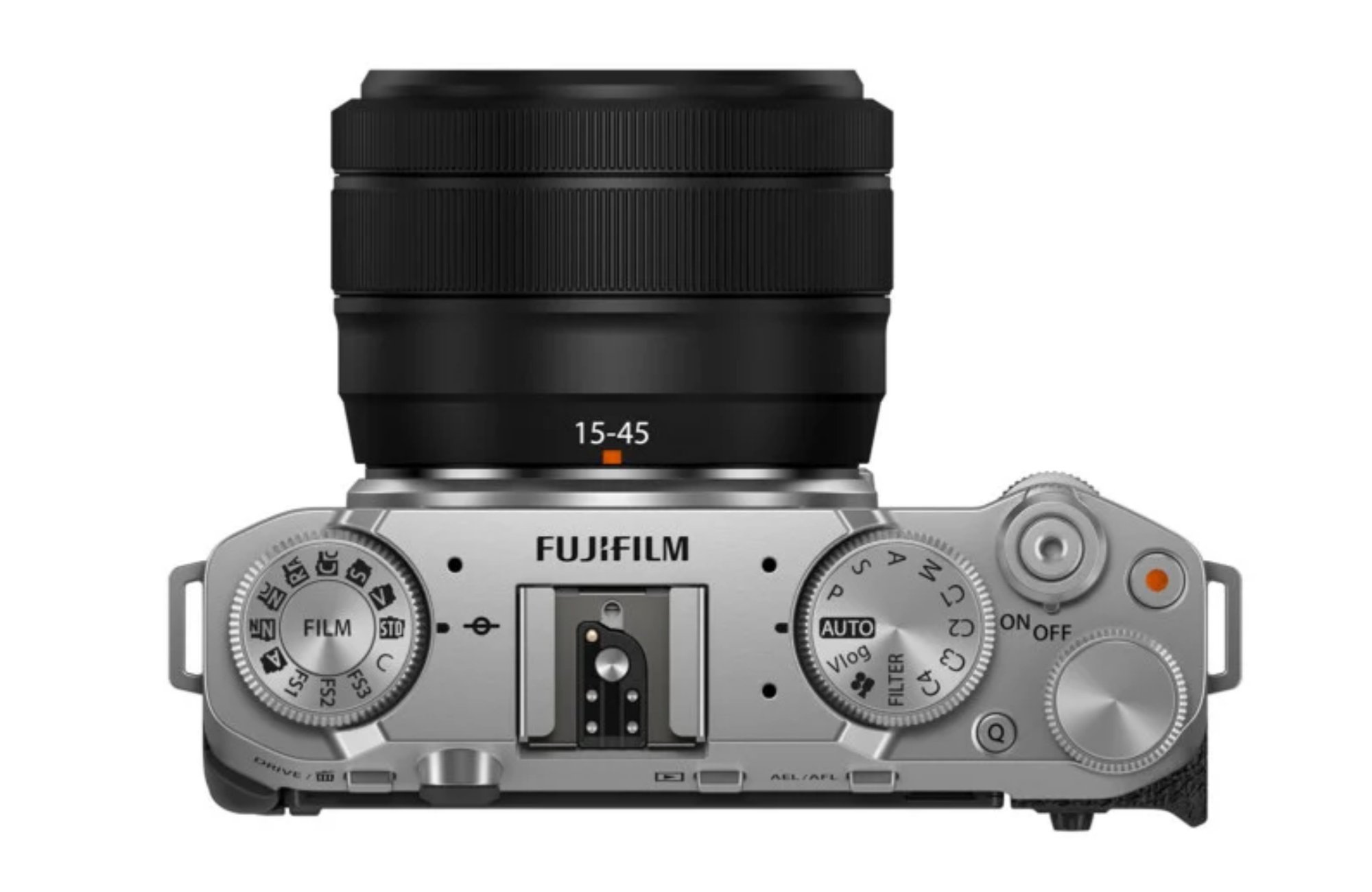Fujifilm X-M5: The Sweet Spot Between Simplicity and Substance?

Fujifilm’s X-series has carved a niche for itself by blending retro aesthetics with cutting-edge technology. The X-M line, historically, has been about accessibility and ease of use, appealing to those stepping up from smartphone photography or seeking a smaller, lighter alternative to more professional models. The X-M5 aims to refine that formula, promising improved performance without sacrificing the user-friendliness that defines the series. Does it succeed in striking that delicate balance? Let’s dive in.
The heart of the X-M5 is its newly developed 26.1MP X-Trans CMOS 4 sensor, borrowed from higher-end models like the X-T4. This immediately translates to a noticeable jump in image quality. Colors are vibrant, dynamic range is excellent, and low-light performance is significantly improved compared to its predecessors. Autofocus, too, benefits from this upgrade. The system is now quicker and more reliable, especially in challenging lighting conditions. Eye-AF is precise and sticky, making portrait photography a breeze. While it’s not quite on par with the top-tier X-series models, it’s a substantial step forward for the X-M line.
Design-wise, the X-M5 retains the compact and minimalist aesthetic of its forerunners. The camera feels solid and well-built, despite its relatively lightweight construction. The button layout is clean and intuitive, making it easy to navigate the menus and adjust settings on the fly. The articulating touchscreen is bright and responsive, offering flexible framing options for both stills and video. However, the lack of a built-in electronic viewfinder (EVF) remains a sticking point for some. Relying solely on the LCD screen can be challenging in bright sunlight, and some users simply prefer the more traditional shooting experience offered by an EVF.

The X-M5 also boasts impressive video capabilities. It can record 4K video at up to 30fps, providing sharp and detailed footage. Fujifilm’s renowned film simulations are available in video mode, allowing users to achieve unique and cinematic looks straight out of the camera. The absence of in-body image stabilization (IBIS) is a drawback, requiring users to rely on lens-based stabilization or external gimbals for smoother handheld footage. Furthermore, the video bitrate, while acceptable, isn’t the highest available at this price point, limiting some flexibility in post-processing.

The X-M5 occupies an interesting space in the market. It offers a compelling combination of image quality, portability, and ease of use. However, the lack of an EVF and IBIS, coupled with a price that creeps close to more feature-rich competitors, makes its value proposition somewhat complex. It’s not the cheapest option, and it’s definitely not the most fully-featured, but it provides a great shooting experience.
Where to Buy:

Fujifilm X-M5 Quick Summary
Key Scores:
- Value: 93%
- Design: 87%
- Performance: 91%
- Quality: 85%
- Popularity: 88%
Top Pros
- ✅ Image quality is exceptional, boasting vibrant colors and excellent dynamic range.
- ✅ Autofocus is significantly improved, offering quick and reliable performance.
- ✅ The compact and lightweight design makes it highly portable and convenient.
Key Cons
- ❌ The absence of a built-in EVF limits usability in bright outdoor conditions.
- ❌ Lack of in-body image stabilization requires external solutions for smooth video.
- ❌ The video bitrate could be higher for increased post-processing flexibility.























